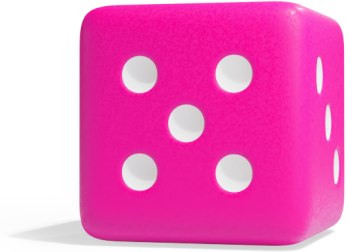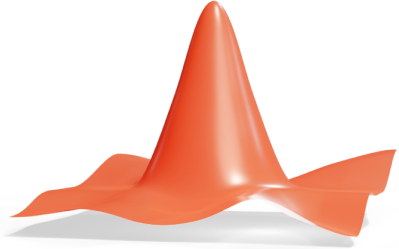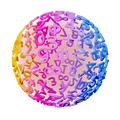7th Grade
Why Is p + q Always |p| Units Away from q?
en_7_nq_p_plus_q_abs_value_of_p_away.json
DetailsActivityApprovals
{
"voice_prompt": "",
"manuscript": {
"title": {
"text": "Why Is p + q Always |p| Units Away from q?",
"audio": "Why Is p plus q Always the Absolute Value of p Units Away from q?"
},
"description": {
"text": "When you add p to q, the result is always |p| units away from q \u2014 either forward or backward, depending on the sign of p.",
"audio": "When you add p to q, the result is always the absolute value of p units away from q \u2014 either forward or backward, depending on the sign of p."
},
"scenes": [
{
"text": "To understand why p plus q is always the absolute value of p units away from q, picture a number line. It doesn\u2019t matter where q is on the number line. And it doesn\u2019t matter if p is positive or negative. The distance between q and p plus q is always the absolute value of p.",
"latex": ""
},
{
"text": "Start by drawing a number line. Put zero in the center. Now, place q at three. So in this example, q equals three.",
"latex": ""
},
{
"text": "Try p equals two. On the number line, you move two steps to the right from three and land on five. So that\u2019s where p plus q ends up.",
"latex": "3 + 2 = 5"
},
{
"text": "Now, try p equals negative two. That means you move two steps to the left from three, and you land on one. So that\u2019s where p plus q ends up when p is negative.",
"latex": "3 + (-2) = 1"
},
{
"text": "Adding a positive number moves you right. Adding a negative number moves you left. But in both cases, you move the same number of steps \u2014 just in different directions.",
"latex": ""
},
{
"text": "And how many steps did you move? Exactly two. That\u2019s the absolute value of p. The absolute value of two is two. And the absolute value of negative two is also two. So no matter which version of p you use, the distance from q to p plus q is always two.",
"latex": "|2| = |-2| = 2"
},
{
"text": "Let\u2019s try a second example. This time, use a negative number for q. Place q at negative four. That\u2019s your new starting point.",
"latex": ""
},
{
"text": "Now try p equals three. So you move three steps to the right, from negative four to negative one. That\u2019s where p plus q ends up.",
"latex": "-4 + 3 = -1"
},
{
"text": "Next, try p equals negative three. Move three steps to the left, landing at negative seven. So that\u2019s where p plus q ends up when p is negative.",
"latex": "-4 + (-3) = -7"
},
{
"text": "In both cases, you moved exactly three steps. That number of steps is the absolute value of p. It didn\u2019t matter whether p was positive or negative, and it didn\u2019t matter that q started on the left side of the number line. The distance between q and p plus q was still the same.",
"latex": "|3| = |-3| = 3"
},
{
"text": "That\u2019s why p plus q is always the absolute value of p units away from q.",
"latex": "p + q = \\text{a point } |p| \\text{ units from } q"
}
],
"outro": {
"text": "To understand why p plus q is always the absolute value of p units away from q, picture a number line. It doesn\u2019t matter where q is on the number line. And it doesn\u2019t matter if p is positive or negative. The distance between q and p plus q is always the absolute value of p.",
"audio": "To understand why p plus q is always the absolute value of p units away from q, picture a number line. It doesn\u2019t matter where q is on the number line. And it doesn\u2019t matter if p is positive or negative. The distance between q and p plus q is always the absolute value of p."
}
}
}





















